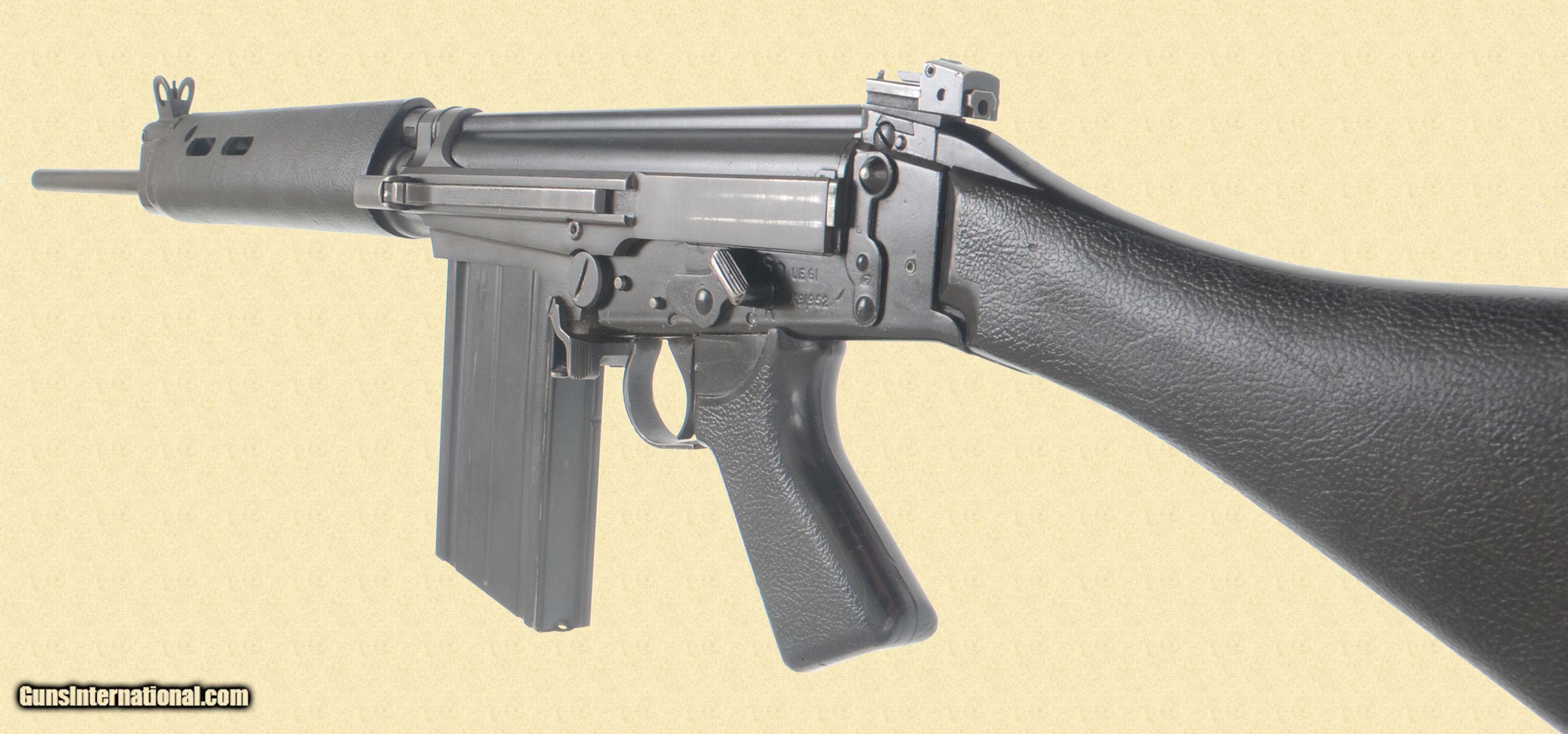Century Arms L1a1 Serial Numbers
Apr 06, 2011 century arms l1a1 serial number location, century l1a1 serial numbers, early century l1a1 serial numbers, l1a1 bolt stop, l1a1 bushing, l1a1 flash hider for post ban, l1a1 from canadian border, l1a1 imbel serial numbers, l1a1 sporter hand grip bushings, pre ban l1a1 made in canada.
British L1A1 field stripped The L1A1 and other inch-pattern derivatives trace their lineage back to the Allied Rifle Commission of the 1950s, whose intention was to introduce a single rifle and cartridge that would serve as standard issue for all countries. After briefly adopting the with, the UK, believing that, if they adopted the Belgian FAL and the American 7.62 NATO cartridge, the United States would do the same, [ ] adopted the L1A1 as a standard issue rifle in 1954. The US, however, did not adopt any variant of the FAL, opting for its own instead.
The L1A1 subsequently served as the UK's first-line battle rifle up to the 1980s before being replaced by the 5.56mm. Combat service [ ] The L1A1 and variants have seen use in several conflicts, including as part of the. L1A1s have been used by the in,, and in the (in opposition to FN FAL-armed Argentine forces), the First (where it was still on issue to some second line British Army units and RAF personnel not yet issued with the ), by the State of Army during the First, by Australia and New Zealand in, by and forces during and by Rhodesia in the. Replacement [ ] Starting in the mid-1980s, the UK started replacing its 30-year-old L1A1 rifle with the assault rifle.
Australia chose the as a replacement in the form of the F88 Austeyr, with New Zealand following suit shortly after. Canada replaced its C1 rifle with the variants: the service rifle and C8 carbine. Australia replaced their L2A1 heavy barrel support weapons with M60's and later with an variant: the F89. Canada also replaced their C2 heavy barrel support weapons with an variant: the C9, respectively. Production and use [ ] Australia [ ].
Australian soldier with an L1A1, near the fighting zone of, Vietnam The, as a late member of the Allied Rifle Committee along with the United Kingdom and Canada adopted the committee's improved version of the FAL rifle, designated the L1A1 rifle by Australia and Great Britain, and C1 by Canada. The Australian L1A1 is also known as the 'self-loading rifle' (SLR), and in fully automatic form, the 'automatic rifle' (AR). The Australian L1A1 features are almost identical to the British L1A1 version of FAL; however, the Australian L1A1 differs from its British counterpart in the design of the upper receiver lightening cuts.
The lightening cuts of the Australian L1A1 most closely resembles the later Canadian C1 pattern, rather than the simplified and markedly unique British L1A1 cuts. The Australian L1A1 FAL rifle was in service with Australian forces until it was superseded by the (a licence-built version of the ) in 1988, though some remained in service with Reserve and training units until late 1990.
Some Australian Army units deployed overseas on UN peacekeeping operations in Namibia, the Western Sahara, and Cambodia still used the L1A1 SLR and the rifle throughout the early 1990s. The British and Australian L1A1s, and Canadian C1A1 SLRs were semi-automatic only, unless battlefield conditions mandated that modifications be made. Australia, in co-ordination with Canada, developed a heavy-barrel version of the L1A1 as a fully automatic rifle variant, designated L2A1.
We also recommend you pick up a pristine white on white sateen striped cover for your duvet while you’re at it. Polnaya rasshifrovka oshibok man tga. Lovely in a freshly made bed.. It’s probably about time to move on from the Rajasthani ‘razai’ of yore. Snuggle into a hypo-allergenic duvet instead and dream a little dream of air-conditioned, five star luxury. PERHAPS – a duvet now?
Having trouble finding the right driver? They add hundreds of new drivers to our site every day. Drivers seiko precision sp 2400.

The Australian heavy-barrel L2A1 was also known as the 'automatic rifle' (AR). The L2A1 was similar to the FN FAL 50.41/42, but with a unique combined bipod-handguard and a receiver dust-cover mounted tangent rear sight from Canada. The L2A1 was intended to serve a role as a light fully automatic rifle or quasi-squad automatic weapon (SAW). The role of the L2A1 and other heavy barrel FAL variants is essentially the same in concept as the (BAR) or, but the Bren is far better suited to the role of a fire support base for a section, being designed for the role from the start. In practice many considered the L2A1 inferior to the Bren, as the Bren had a barrel that could be changed, and so could deliver a better continuous rate of fire, and was more accurate and controllable in the role due to its greater weight and better stock configuration. For this reason, Australia and Britain used the 7.62mm-converted L4 series Bren.
